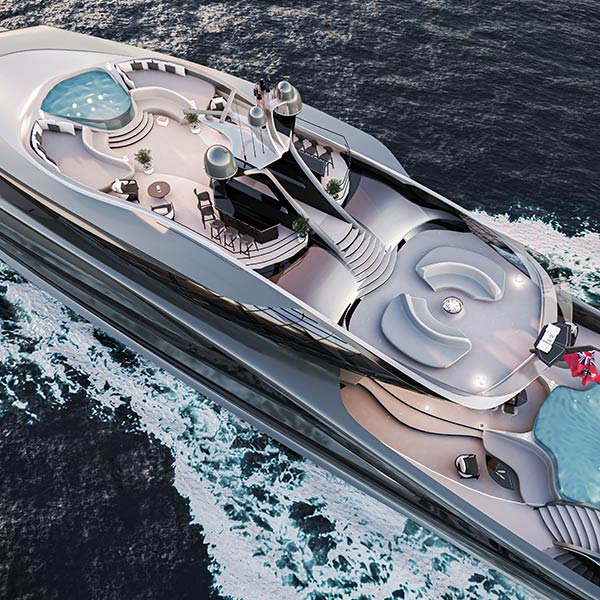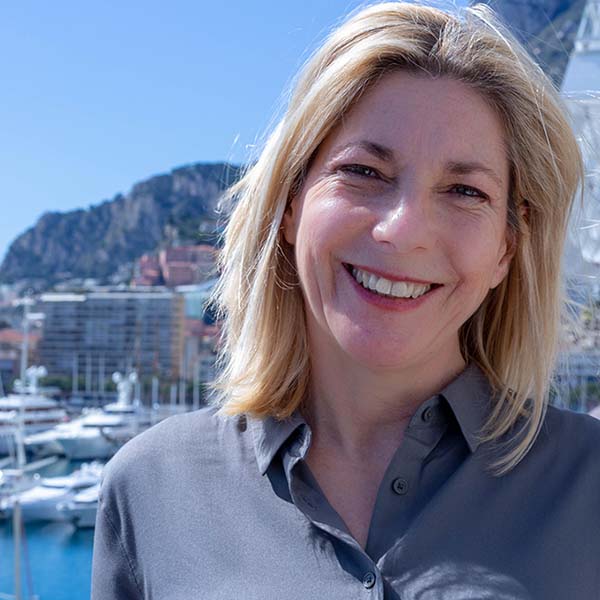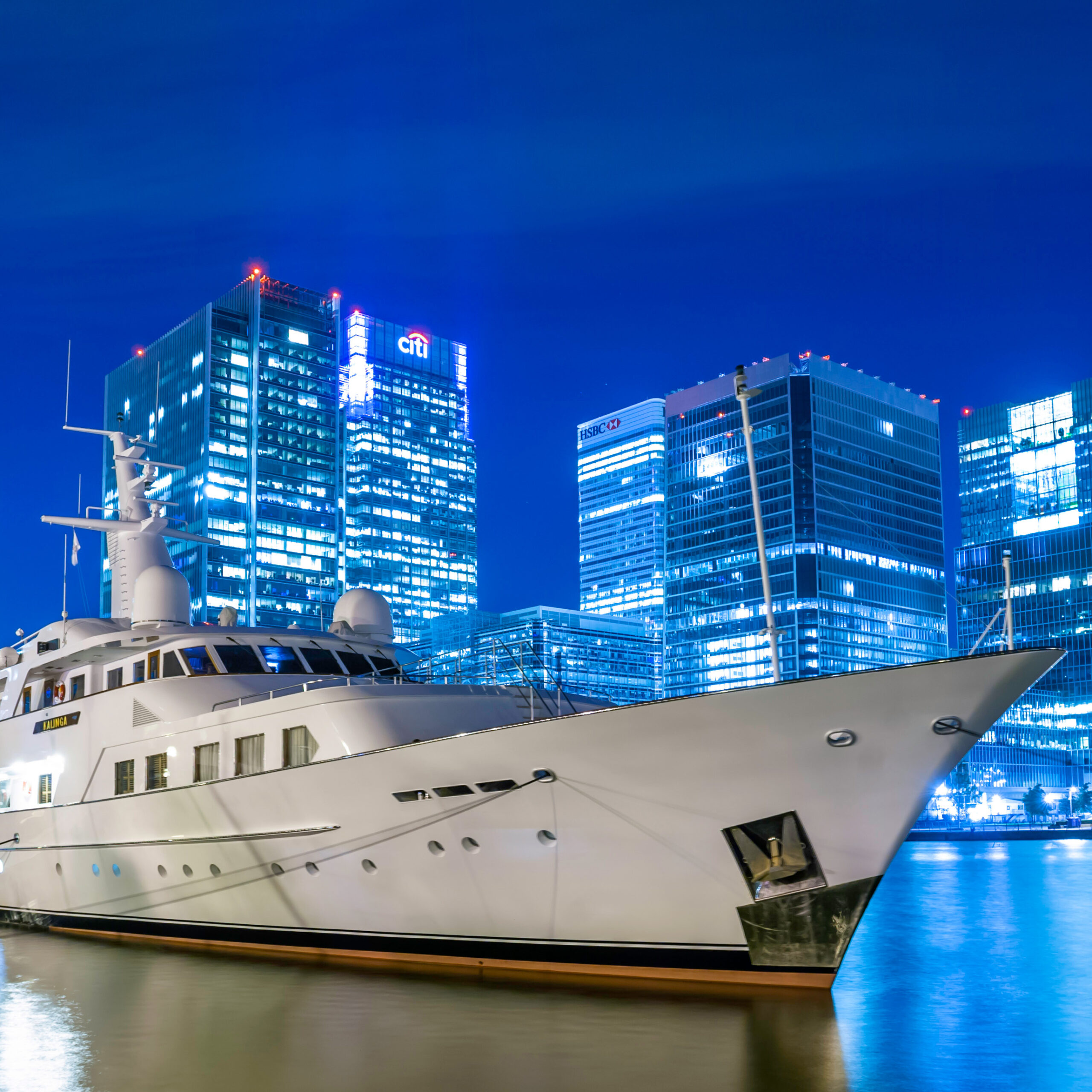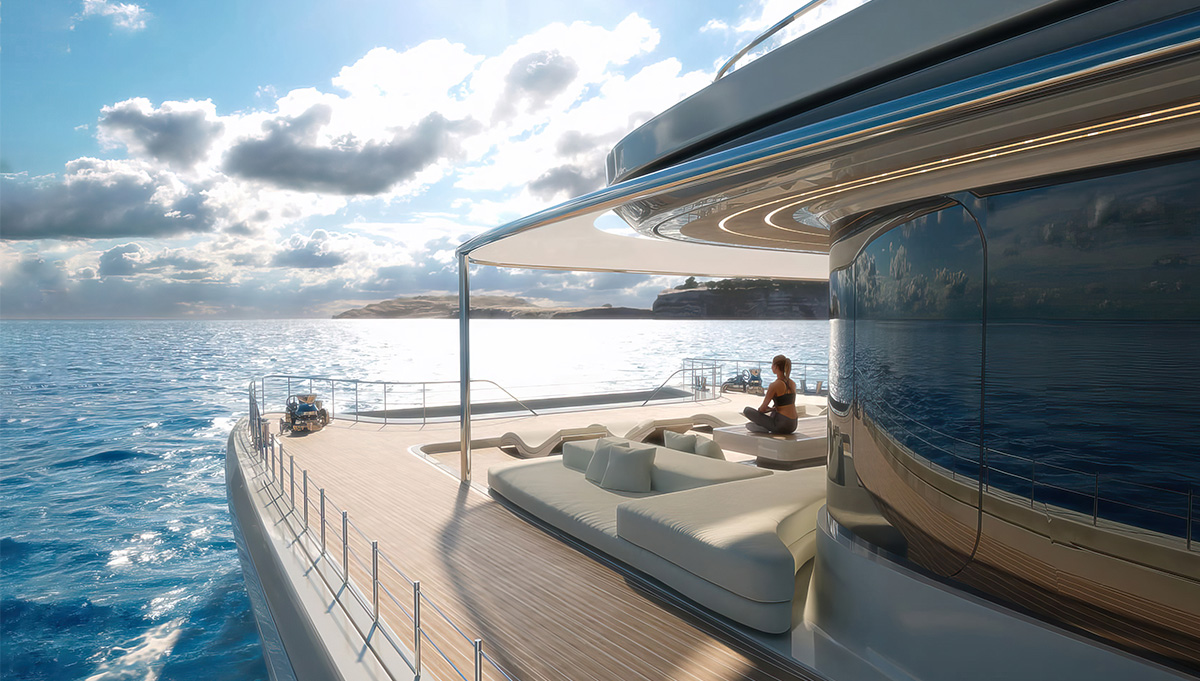
Rossinavi Oneiric

Rossinavi Oneiric
Yachting’s intelligent change
The focus of technology applied to yachts often centres on power and propulsion systems, but pioneering designers and projects are applying it in other ways – from ensuring inclusion to embracing the possibilities of AI.
Since the dawn of Western thought, and likely long before, the idea of technology has engendered various questions – the philosophy of technology, if you will. Such questions, which consider the nature of technology and its social effects, seem at the forefront of our collective consciousness now more than ever. We talk about the impact of technology on our environment and climate, and the role that technology can have in reversing that impact; or the implications of advancing machine learning and the rise of artificial intelligence, and whether those represent an opportunity or a danger to our society.
In ancient Greek philosophy, technology – which derives from the Greek word techne (meaning art, or craft knowledge) – was commonly viewed as arising from an imitation of nature. Our general understanding of technology these days often seems at odds with the natural world, but increasingly things are coming full circle. That is particularly true, I would suggest, in the superyacht sector.
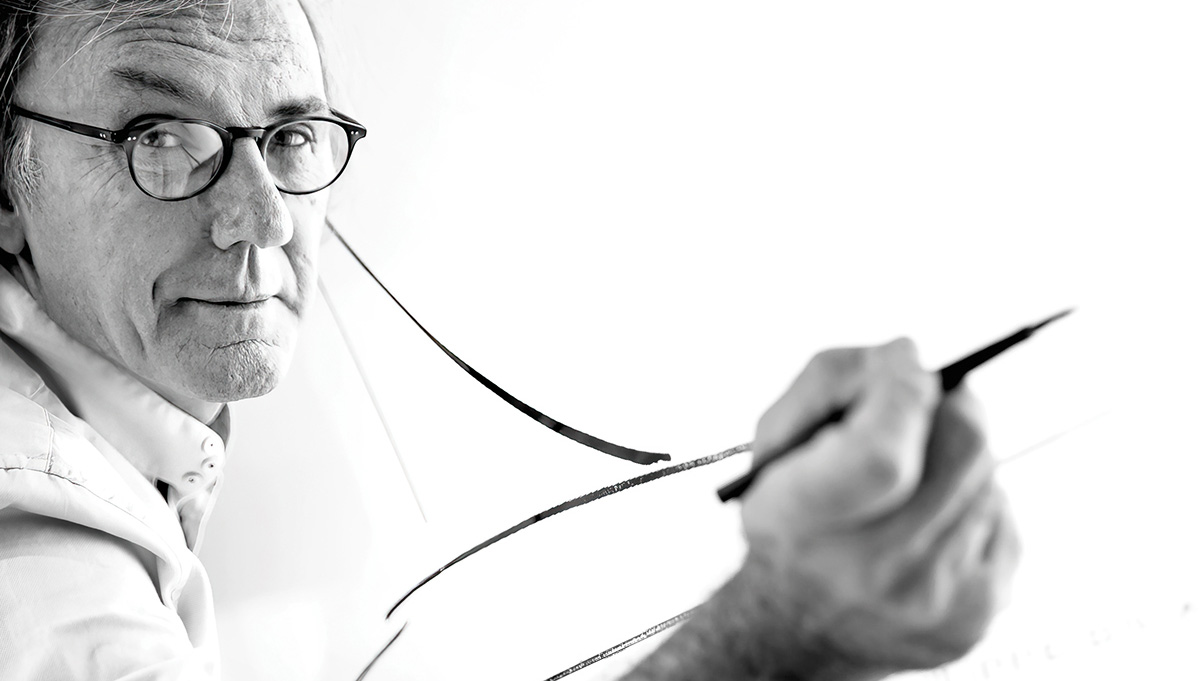
Philippe Briand Photo: Gullaume Plisson

Philippe Briand Photo: Gullaume Plisson
We often talk about superyachting being a crucible of technological development, and it is true that, out of all maritime sectors, yachting has the least commercial pressure to stick to the status quo and the most to gain by seeking new and advanced solutions to the problems of emissions, sustainability and environmental impact. That the superyacht sector is not only drawing on but in many ways leading the charge to a zero-emission and a net-zero future is amply demonstrated by various projects in build that are employing not only diesel-electric solutions, but actively incorporating hydrogen-based power and propulsion systems to mitigate or remove the need for harmful fossil fuels.
But the application of technology means so much more these days than just an approach to systems or propulsion. Unveiled early in 2023, a shortlisted design from Team FestivAL – which combines the talents of Philippe Briand’s Vitruvius Yachts naval architecture office, Zaha Hadid Architects, and aluminium boat specialist Ocea – for a National Flagship for the UK (a replacement for the old yacht Britannia) draws on a hydrogen-based propulsion system. But this ‘yacht of the people, but fit for a king’ project is also designed to maximise accessibility for people of all ages and all levels of ability or disability. It would feature wall-to-wall displays showing presentations adaptable to the yacht’s given role at the time, and a multi-sensorial experience throughout the yacht that would include sign language and audio descriptions. There is even a modular mission bay aft that can be used for carrying humanitarian supplies or serving as a modular science lab. This is technology with a social philosophy, combined in what essentially is a private yacht open to the masses.
“To design a vessel – a flagship – that will become a benchmark in sustainability as well as demonstrating British excellence and heritage for current and future generations, while also being a symbol of inclusion and diversity, was an enormous challenge that kept me awake at night,” says Philippe Briand. “The nature and intensity of the project kept me focused but also filled me with pride, not just in the design process itself but for what the flagship stands for.”


That’s not the only example of the changing role technology is taking in new yacht projects. When it comes to artificial intelligence – about which the philosophical and technological debate is currently raging – in many ways yachts already bear its evolution as sensors on every element of equipment and system start to analyse status and progression to provide predictive maintenance. For Italian superyacht builder Rossinavi, however, AI forms a far more fundamental element of its yacht philosophy. It is emerging in what the shipyard has called BluE – an eco-centric navigation technology and AI engine.
It has been incorporated in Rossinavi concepts such as the Infinty 42 BluE monohull, the 40-metre Sea Cat motor catamaran, and other designs, and is already being realised with the first Sea Cat under construction, among other projects. This new breed of vessel of course draws on green energy solutions – in the Sea Cat’s case using solar energy to supply a battery bank which means the yacht can operate in full electric mode for cruising and anchoring. It can achieve a transatlantic crossing under electric power alone for 80 percent of the time, with a diesel-electric hybrid system on just 20 percent of the time – a fact, says Rossinavi, that saves 40 tonnes of CO2 on a single crossing compared to a conventional yacht. It can even serve as a giant powerbank when in ‘hybernation’ mode, delivering green power into the shorebased grid or to a private residence.
But it’s the AI element that is really interesting. The system creates an ‘intelligent vessel’ which monitors shipboard habits and suggests behaviours to further save energy. It also adds an infotainment element via a voice-controlled Smart assistant that provides information on places of interest, trivia and local activities. The whole is linked to Rossinavi’s underlying philosophy that takes inspiration from phytoplankton, the essential microbial lifeforce that draws energy from the sun, traps carbon dioxide, and underpins the health of the entire ocean. Techne, or an imitation of nature, indeed.
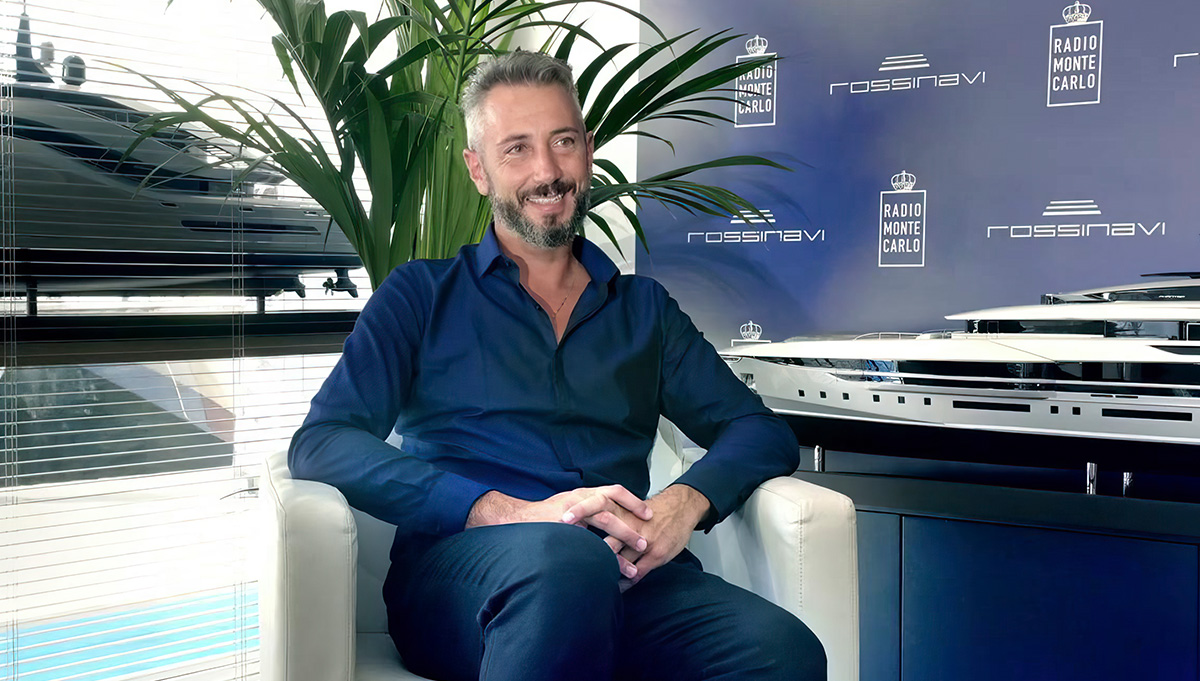
Federico Rossi

Federico Rossi
“The idea is to create a link between nature, electricity and futurism, which, supported by the most advanced technologies, is able to offer excellent performance to the Sea Cat 40 that offers priority to the environment,” says Federico Rossi, Chief Operating Officer of Rossinavi. “[The] new generation of yachts is moved by a sense of responsibility,” he continues. “I wanted to set the goal beyond the obstacle to build avant garde products that better express our meaning of cruising experience, moving increasingly toward a more sustainable direction.”
For Rossi, it is not just the responsibility of superyacht owners and the world’s ultra high net worth individuals to, essentially, clean up their act, but also to remember that in modern society their actions and their decisions can have a real impact on society at large. It’s why the superyacht industry in general, it could be argued, is making such great strides forward, because we know collectively both the negative effects if we don’t, and the positive impacts if we do.
“In the world of influencers, the wealthy and the billionaires give the common citizen a kind of ideal aspiration, which needs to go beyond the image of an extremely high performance car totally heedless of the CO2 emissions it entails, otherwise we risk giving the new generations that kind of ambition,” Rossi has said. “If these influencers manage to change this approach, we can really improve the world.”

